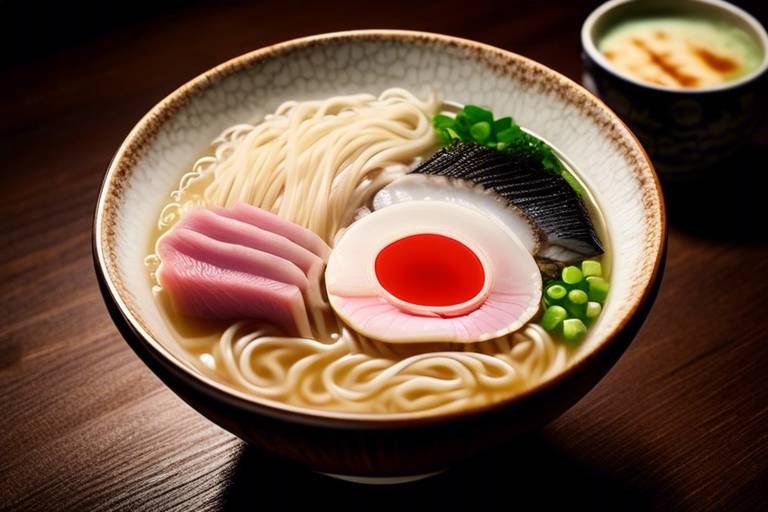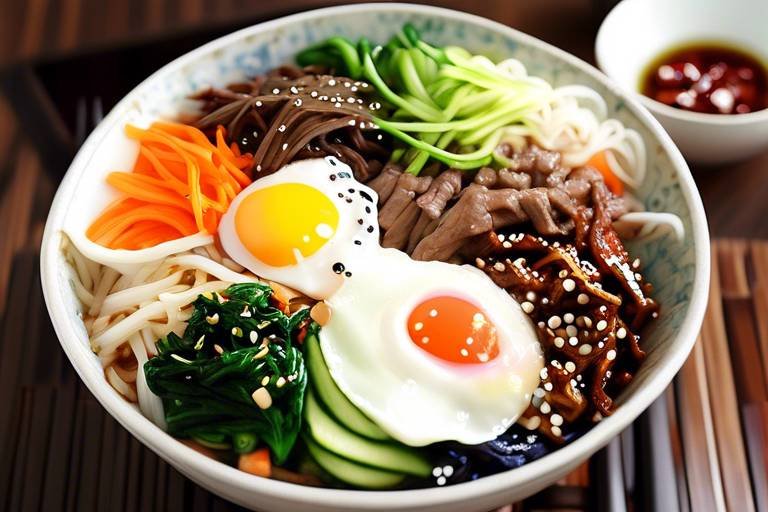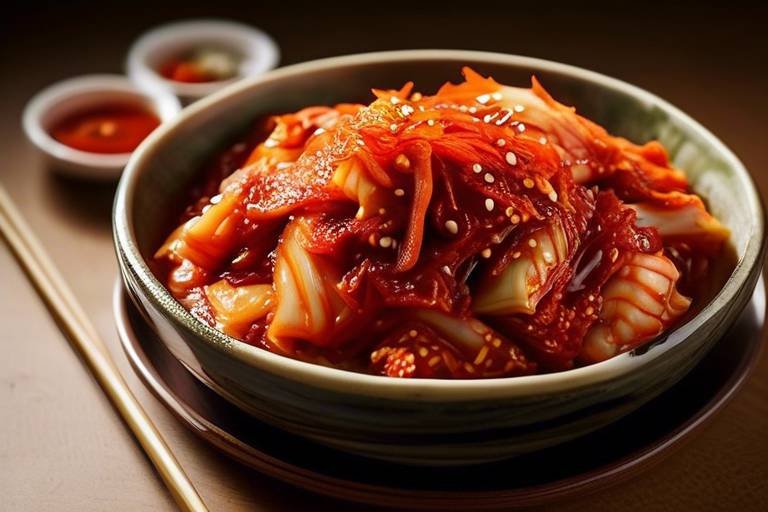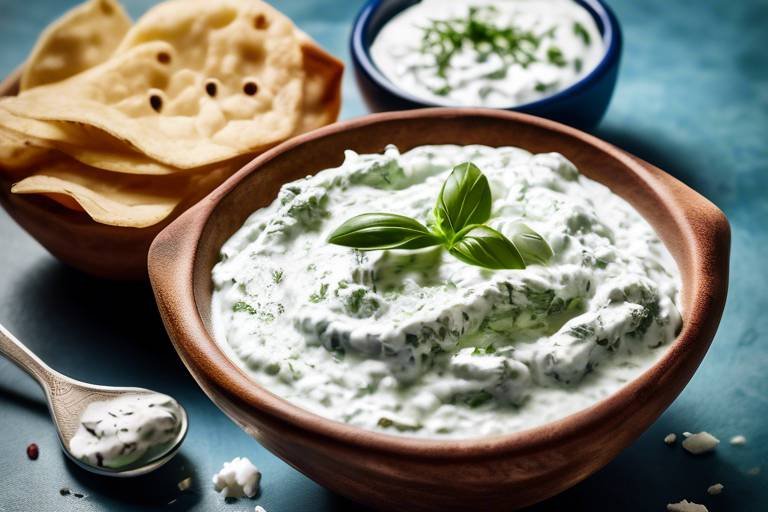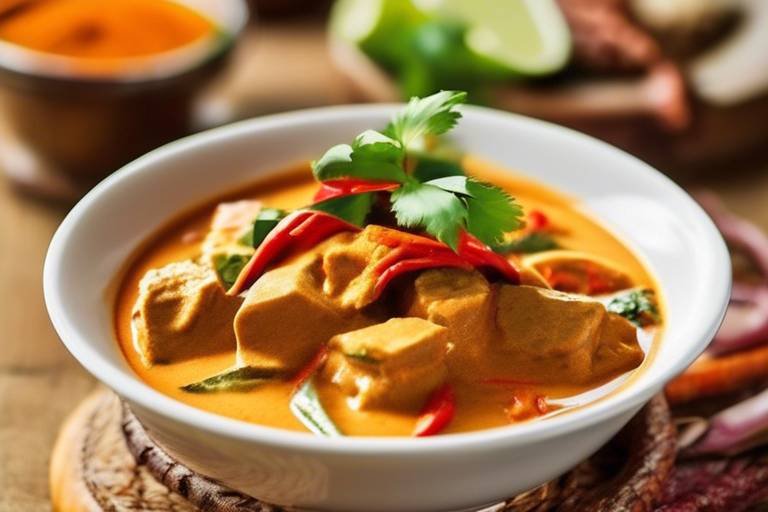Traditional Thai Tom Yum Soup - Recipes and Tips
When it comes to traditional Thai cuisine, one dish that stands out for its bold and vibrant flavors is Tom Yum Soup. This iconic soup is a harmonious blend of spicy, sour, and savory notes that tantalize the taste buds and transport you to the bustling streets of Thailand. Let's delve into the heart of this beloved dish and uncover the secrets to creating an authentic bowl of Tom Yum Soup that will leave you craving for more.

History of Tom Yum Soup
The traces back to the heart of Thailand, where this iconic dish has deep cultural roots. Originating in the central region of Thailand, Tom Yum Soup has been a staple in Thai cuisine for centuries. Its creation is believed to be influenced by the blend of herbs and spices used in traditional Thai medicine, emphasizing the balance of flavors for both taste and health benefits.
Initially enjoyed by the royal family and nobility, Tom Yum Soup gradually made its way into local households and street food stalls, becoming a beloved dish among the masses. Over time, the recipe evolved, incorporating various ingredients and regional preferences, leading to the diverse range of Tom Yum Soup variations we see today.
With its bold and vibrant flavors, Tom Yum Soup gained popularity not only within Thailand but also internationally, captivating the palates of food enthusiasts worldwide. Its tangy and aromatic profile, infused with lemongrass, kaffir lime leaves, and chili peppers, continues to intrigue and delight those seeking a taste of authentic Thai cuisine.
The evolution of Tom Yum Soup reflects the dynamic nature of Thai culinary traditions, blending ancient practices with modern influences to create a dish that embodies the essence of Thailand's rich gastronomic heritage. Whether enjoyed as a comforting bowl on a rainy day or as a refreshing appetizer in the tropical heat, Tom Yum Soup remains a symbol of Thailand's culinary prowess and cultural identity.
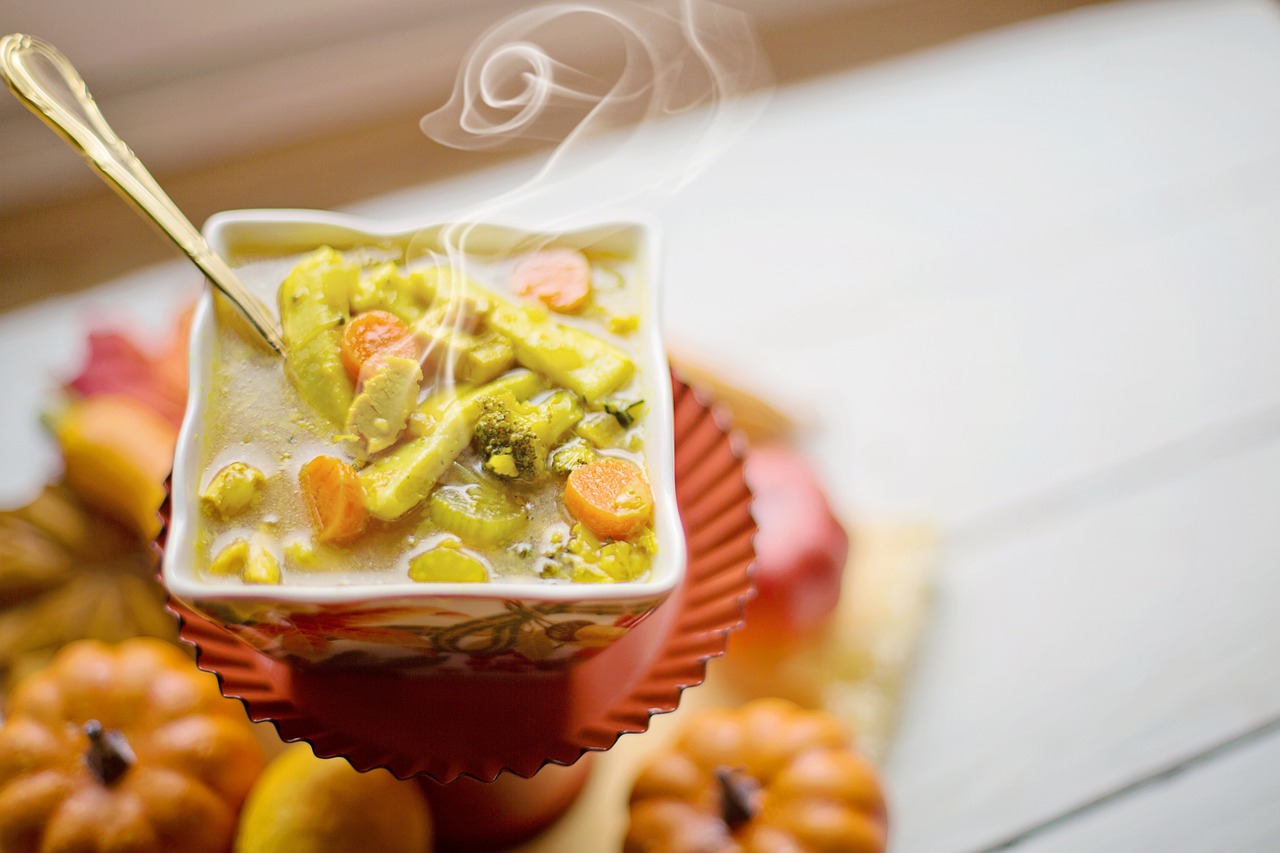
Essential Ingredients
When it comes to creating the authentic and flavorful Tom Yum Soup, the essential ingredients play a crucial role in defining its unique taste profile. Lemongrass, with its citrusy aroma, adds a refreshing zing to the soup, while galangal, a close relative of ginger, contributes a distinct peppery flavor. Kaffir lime leaves, known for their fragrant and citrusy notes, infuse the soup with a hint of tanginess that complements the spicy and savory elements perfectly. Thai chilies bring the fiery heat that is characteristic of Tom Yum Soup, adding a fiery kick to every spoonful.
Additionally, ingredients like shrimp or chicken provide the protein base for the soup, enhancing its heartiness and depth of flavor. Fish sauce and lime juice are essential for balancing the flavors, with the salty umami of fish sauce harmonizing with the tartness of lime juice. The combination of these key ingredients creates a harmonious blend of spicy, sour, and savory notes that are the hallmark of a well-executed Tom Yum Soup.

Variations of Tom Yum Soup
When it comes to Tom Yum Soup, the variations are as diverse as the regions of Thailand themselves. Each area puts its own unique spin on this beloved dish, resulting in a plethora of flavorful options to choose from. From the bustling streets of Bangkok to the serene beaches of Phuket, Tom Yum Soup takes on different forms, catering to a wide range of preferences and tastes.
One of the most popular variations of Tom Yum Soup is the seafood version, packed with succulent shrimp, tender squid, and fresh fish. This seafood medley adds a rich depth of flavor to the broth, creating a delightful harmony of tastes that seafood lovers adore. The brininess of the seafood perfectly complements the spicy and tangy notes of the soup, making it a favorite among many.
For those who prefer poultry, the chicken variation of Tom Yum Soup offers a comforting and hearty option. Tender pieces of chicken are simmered in the fragrant broth, absorbing the vibrant flavors of lemongrass, galangal, and kaffir lime leaves. The result is a satisfying and aromatic soup that is sure to warm both body and soul.
If you're looking for a vegetarian twist on this classic dish, fear not, as there are plenty of options available. Vegetarian Tom Yum Soup typically features an assortment of fresh vegetables, tofu, and mushrooms, creating a light yet flavorful alternative. The vegetables add a crunchy texture to the soup, while the tofu absorbs the zesty broth, making it a wholesome and nutritious choice.
For those seeking a creamier and more indulgent version of Tom Yum Soup, the creamy variation is a must-try. This decadent rendition incorporates coconut milk into the broth, adding a luscious creaminess to the soup. The coconut milk balances out the spiciness of the chilies, creating a velvety smooth texture that is both comforting and luxurious.
Whether you prefer the briny goodness of seafood, the comforting warmth of chicken, the freshness of vegetables, or the creaminess of coconut milk, there is a variation of Tom Yum Soup to suit every palate. Each version offers a unique taste experience, showcasing the versatility and adaptability of this iconic Thai dish.
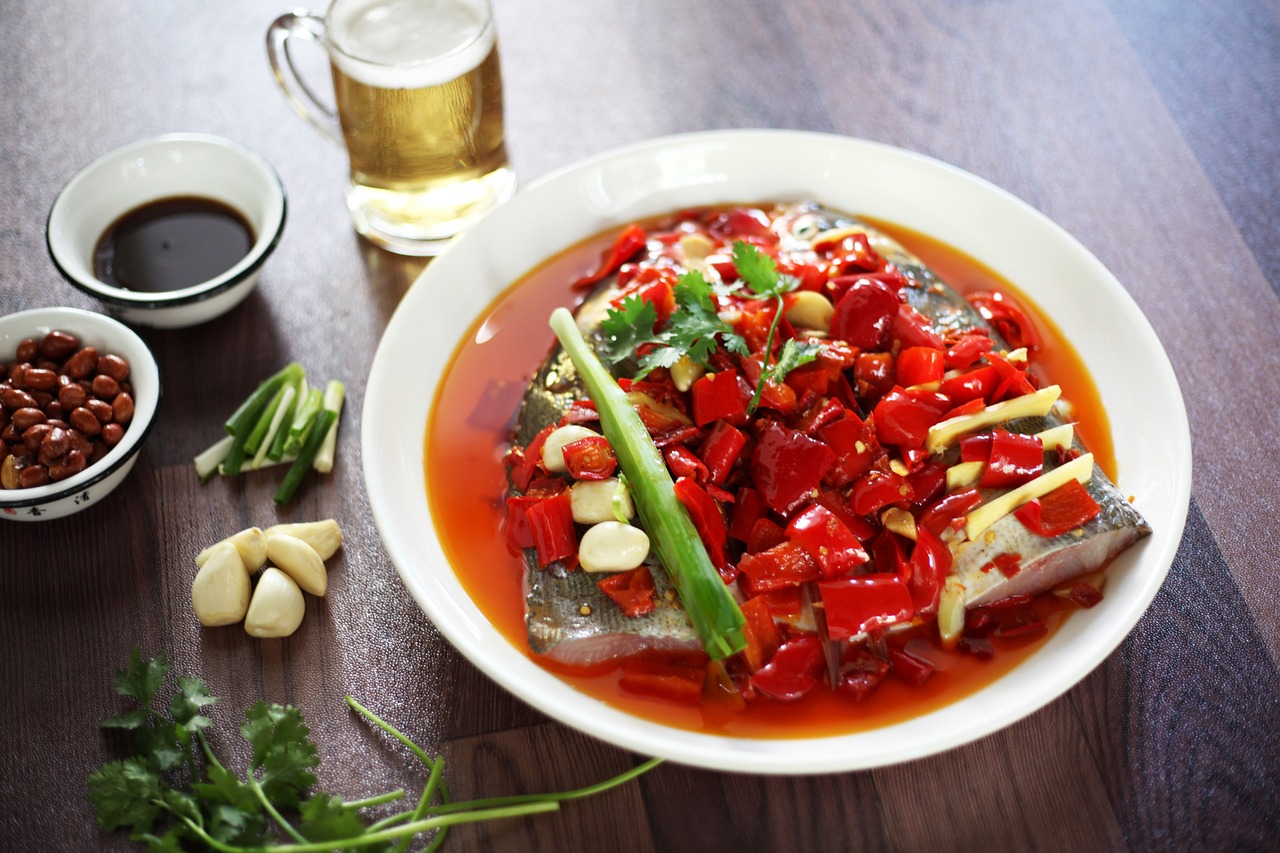
Cooking Techniques
When it comes to mastering the art of preparing Tom Yum Soup, understanding the is essential. This iconic Thai dish requires a delicate balance of flavors to achieve its signature spicy, sour, and savory taste. One crucial technique is the proper infusion of herbs and spices to extract maximum flavor.
To start, it's important to bruise the lemongrass stalks and crush the galangal slices to release their aromatic oils. This step is crucial in enhancing the overall fragrance of the soup. Additionally, simmering the broth slowly allows the flavors to meld together harmoniously.
Another key aspect of Tom Yum Soup is the balance of heat and acidity. Thai chilies are responsible for the spiciness, while the tangy flavor comes from the addition of lime juice. Adjusting the amount of these ingredients allows you to customize the level of spiciness and sourness to suit your taste preferences.
Furthermore, the selection of protein plays a significant role in the cooking process. Whether you opt for shrimp, chicken, or tofu, each protein requires different cooking times to ensure they are tender and flavorful. Seafood, such as shrimp, should be added towards the end of the cooking process to prevent overcooking.
Lastly, garnishing the soup with fresh herbs like cilantro and Thai basil adds a burst of freshness and color. These final touches not only enhance the visual appeal of the dish but also contribute to its overall flavor profile.
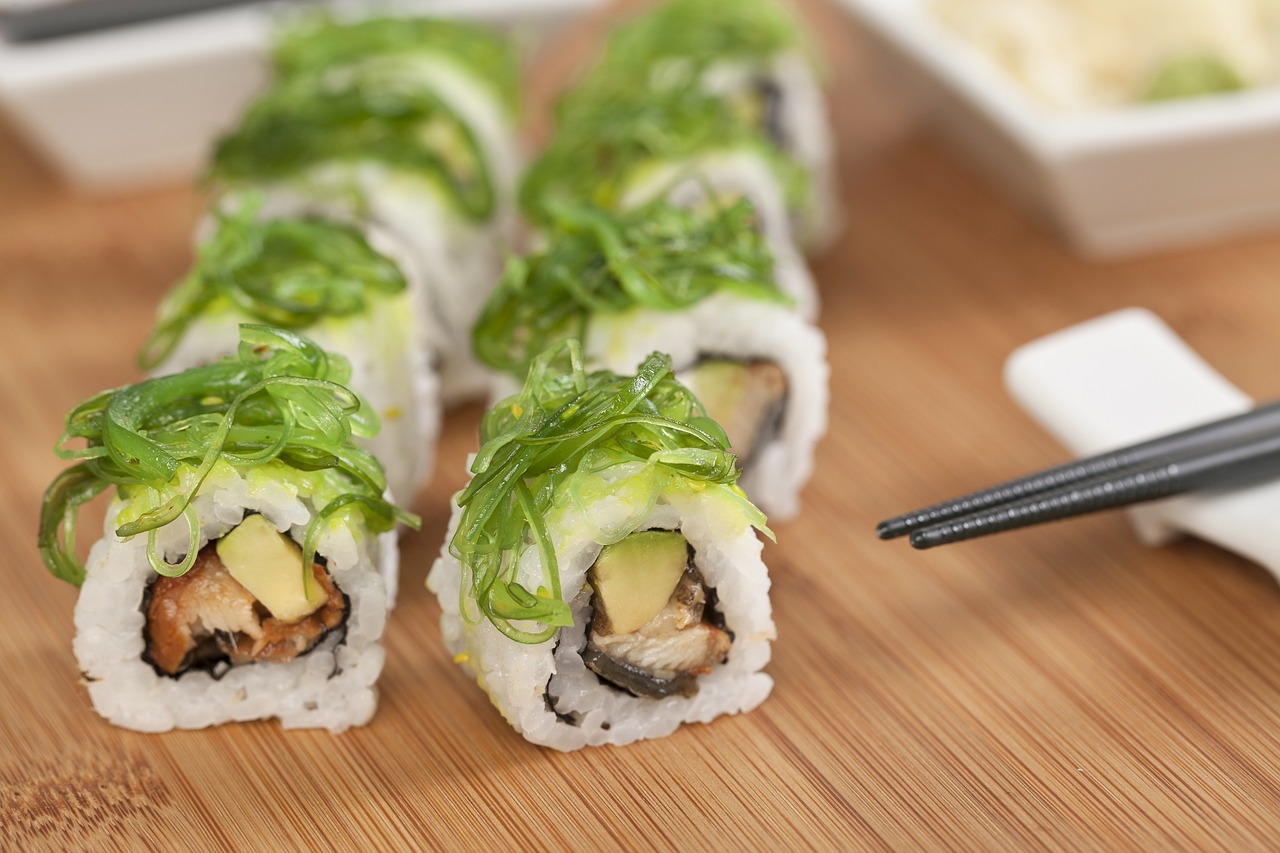
Serving and Presentation
When it comes to serving and presenting Tom Yum Soup, attention to detail can truly enhance the dining experience. A key aspect of serving this iconic Thai dish is the use of traditional serving vessels. In Thailand, Tom Yum Soup is often served in elegant bowls made of delicate porcelain, adding a touch of sophistication to the meal.
To elevate the presentation further, consider garnishing the soup with fresh herbs and spices. Sprinkling chopped cilantro, thinly sliced Thai chilies, and a squeeze of lime juice on top not only adds vibrant colors but also enhances the flavors of the dish. The aromatic fragrance of these garnishes will entice your senses before you even take the first spoonful.
Another essential element of serving Tom Yum Soup is the accompaniments. In Thailand, it is common to serve the soup with a side of steamed jasmine rice or fragrant Thai sticky rice. These side dishes complement the bold flavors of the soup and provide a satisfying balance to the meal.
For a complete Thai dining experience, consider pairing Tom Yum Soup with other traditional dishes such as Pad Thai, Green Curry, or Mango Sticky Rice for dessert. This combination of flavors and textures will create a culinary journey that transports you to the bustling streets of Bangkok or the serene beaches of Phuket.
Remember, the presentation of a dish is just as important as its taste. By paying attention to the details of serving and presentation, you can transform a simple meal into a memorable dining experience that delights all the senses.
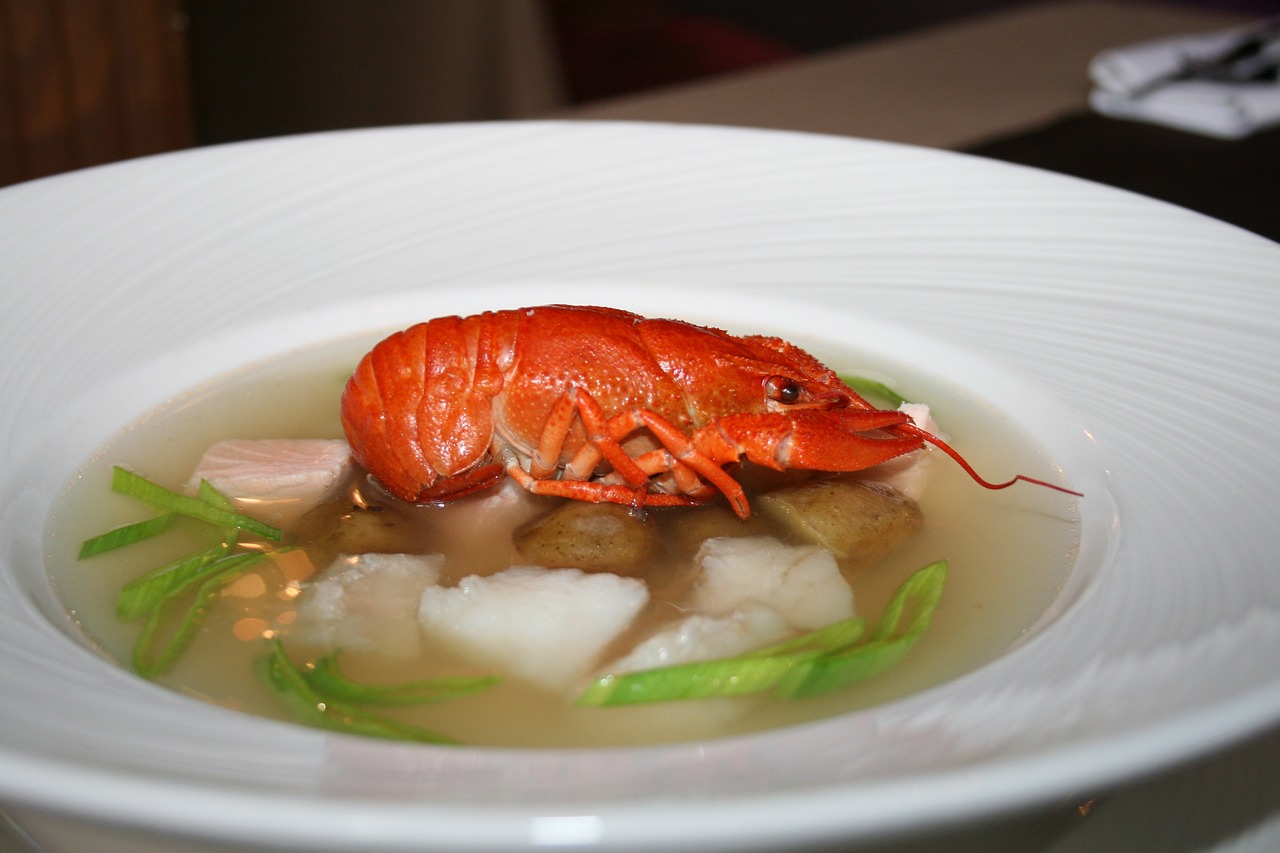
Health Benefits
When it comes to the health benefits of indulging in a steaming bowl of Tom Yum Soup, the rewards are as delightful as the flavors themselves. This iconic Thai dish is not only a treat for the taste buds but also a nourishing elixir for the body. Packed with a myriad of nutrients and medicinal properties, Tom Yum Soup offers a holistic approach to well-being.
One of the standout health benefits of Tom Yum Soup lies in its immune-boosting properties. The combination of aromatic herbs and spices such as lemongrass, galangal, and kaffir lime leaves creates a broth that is rich in antioxidants and vitamins. These elements work together to strengthen the immune system, helping the body fend off illnesses and infections.
Moreover, the spicy and tangy nature of Tom Yum Soup can aid in digestion and metabolism. The presence of Thai chilies not only adds a fiery kick to the soup but also stimulates the digestive enzymes, promoting better digestion. This can be particularly beneficial for individuals looking to improve their metabolic rate and maintain a healthy weight.
Additionally, Tom Yum Soup is known for its anti-inflammatory effects. The combination of ingredients like lemongrass and galangal possesses anti-inflammatory properties that can help reduce inflammation in the body. This makes the soup not only a comforting choice for those with inflammatory conditions but also a preventive measure for overall health.
Furthermore, the aromatic herbs and spices present in Tom Yum Soup are believed to have calming and stress-relieving effects. The soothing aroma of lemongrass and the zesty flavor of kaffir lime leaves can help relax the mind and body, offering a moment of tranquility in the midst of a busy day.
In essence, indulging in a bowl of Tom Yum Soup goes beyond just satisfying hunger; it is a nutrient-rich experience that nourishes the body and uplifts the spirit. With its blend of flavors and health benefits, this traditional Thai dish truly embodies the concept of food as medicine.
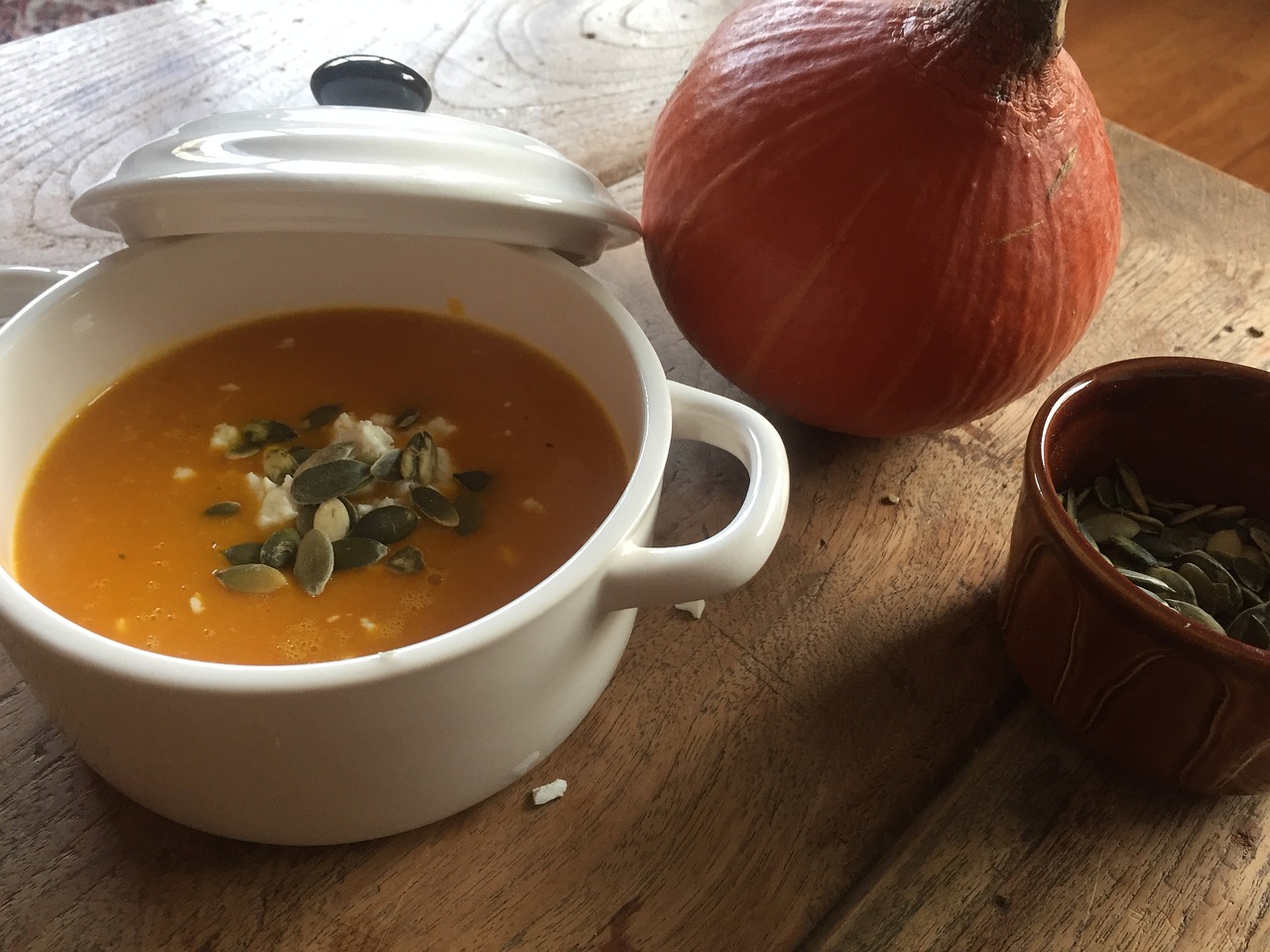
Cultural Significance
When it comes to the of Tom Yum Soup in Thailand, it goes beyond being just a dish on the menu. This iconic soup is deeply intertwined with Thai customs, traditions, and social gatherings, reflecting the country's rich heritage and sense of community. In Thai culture, food plays a vital role in bringing people together, fostering relationships, and celebrating special occasions. Tom Yum Soup, with its bold flavors and aromatic ingredients, holds a special place in the hearts of the Thai people, symbolizing warmth, hospitality, and shared experiences.
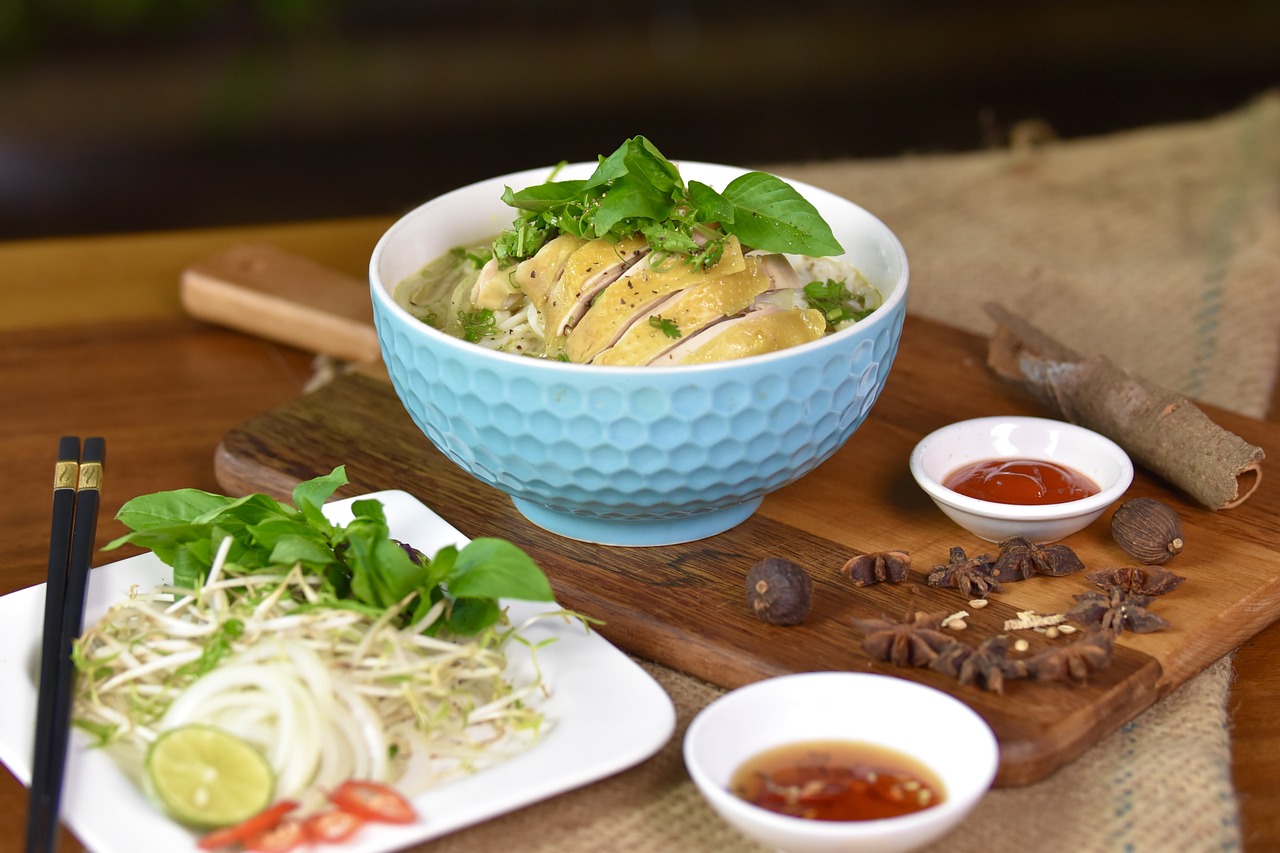
Tips for Perfecting Your Tom Yum Soup
When it comes to perfecting your Tom Yum Soup, attention to detail is key. One of the most crucial aspects is the quality of your ingredients. Ensure you use fresh lemongrass, galangal, kaffir lime leaves, and Thai chilies to capture the authentic flavors of this iconic dish. The freshness of these ingredients will significantly impact the overall taste of your soup.
Another important tip is to balance the flavors effectively. Achieving the right blend of spicy, sour, and savory is essential for a delicious Tom Yum Soup. Taste as you go and adjust the seasoning accordingly to create a harmonious flavor profile that tantalizes your taste buds.
Mastering the cooking time is also crucial. Overcooking can result in mushy vegetables and tough protein, while undercooking may leave your ingredients raw. Follow the recommended cooking times for each component to ensure everything is perfectly cooked and retains its texture.
Don't underestimate the power of broth in Tom Yum Soup. The broth forms the base of the dish and carries the essence of all the ingredients. Simmering your broth with the aromatics and spices for an adequate amount of time allows the flavors to develop and intensify, resulting in a rich and flavorful soup.
Experiment with different variations and ingredients to find your perfect balance. Whether you prefer a seafood-based Tom Yum Soup or a vegetarian version, don't be afraid to get creative in the kitchen. Adding your own twist to the traditional recipe can lead to exciting flavor combinations and unique culinary experiences.
Lastly, presentation plays a significant role in the overall dining experience. Garnish your Tom Yum Soup with fresh herbs, such as cilantro or Thai basil, to add a pop of color and freshness. Serve the soup hot and steaming in a traditional Thai bowl to enhance the visual appeal and authenticity of the dish.
Frequently Asked Questions
- What is the history behind Tom Yum Soup?
Tom Yum Soup has a rich history in Thai cuisine, originating as a traditional dish that has evolved over time. It holds cultural significance and is deeply rooted in Thai culinary practices.
- What are the essential ingredients in Tom Yum Soup?
The key ingredients in Tom Yum Soup include lemongrass, galangal, kaffir lime leaves, and Thai chilies, which give the soup its unique and distinctive flavor profile.
- Are there variations of Tom Yum Soup?
Absolutely! There are various regional adaptations of Tom Yum Soup, ranging from seafood to chicken, vegetarian options, and even creamy versions. Each variation offers a different culinary experience.
- How can I perfect my Tom Yum Soup at home?
For perfecting your Tom Yum Soup, expert tips include ingredient substitutions, flavor adjustments, and serving recommendations to help you create an authentic and delicious Thai culinary delight.


